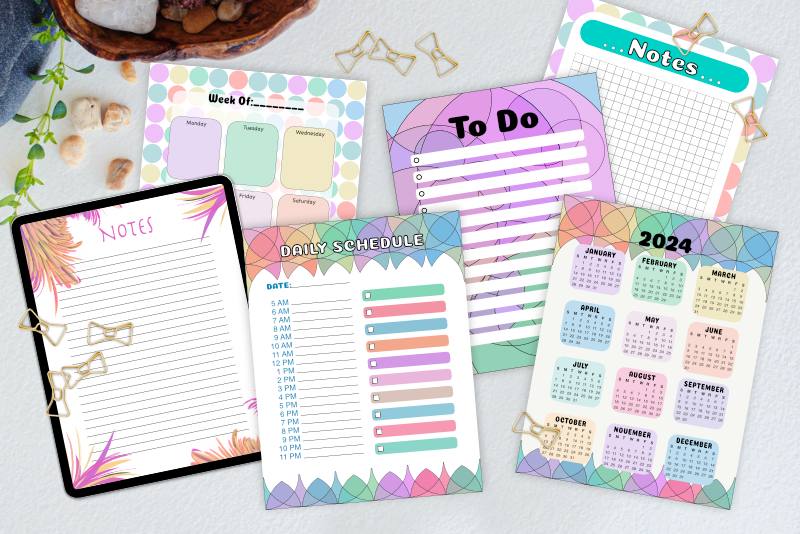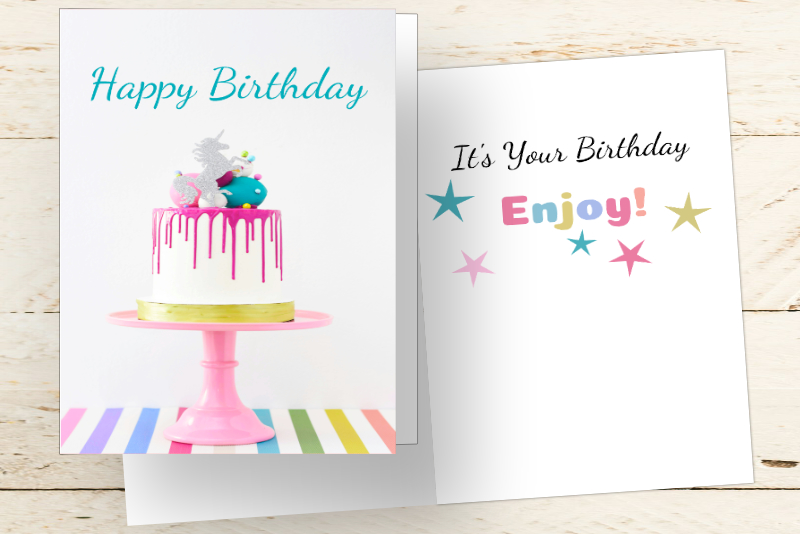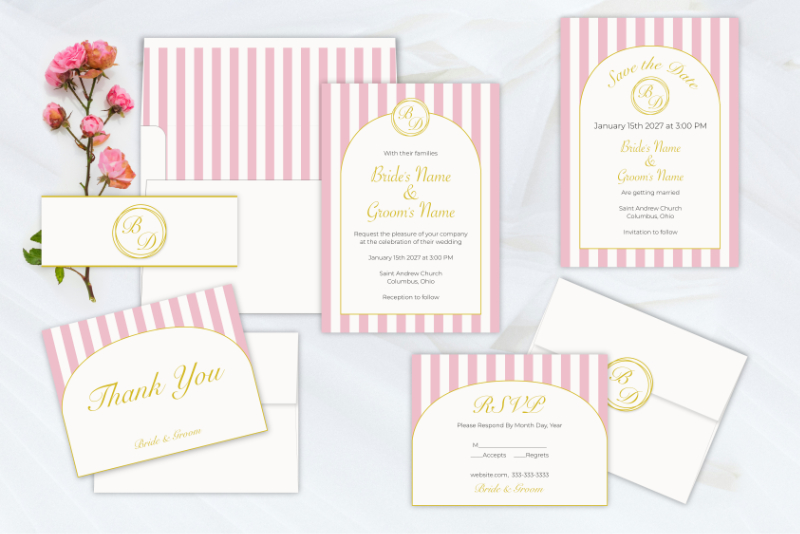INDEX Create a Digital Planner Template Kit

In this tutorial series, we will be creating a template kit with various paper design templates for a planner to be used in GoodNotesTM. The templates will be based on an 8.5 x 11 inches paper size and an 8 point or pixel grid design system. As with most templates, these templates will have simple layouts with placeholders for text and design elements. You will use these templates as a starting point for your planner paper designs, such as a to do list, note paper, journal pages, wedding plans, recipes and more.
The default GoodNotes letter size is 612 x 792 pixels at 72 dpi. As is customary when using an 8 point or pixel grid design system, we will be using a 72 dpi resolution for our templates. However, keep in mind that the iPad has a resolution of 264 dpi and it is customary to use a 300 dpi for printing. So, you might want to increase the dpi of your final paper designs. But, one reason for using the 8 point or pixel grid design system for our templates is that scaling your final designs for the specifications for each project should be easy.
Our first step will be to learn how this 8 pt grid design system works.
Create a Digital Planner Template Kit - Series Index
Extra Reading
The default GoodNotes letter size is 612 x 792 pixels at 72 dpi. As is customary when using an 8 point or pixel grid design system, we will be using a 72 dpi resolution for our templates. However, keep in mind that the iPad has a resolution of 264 dpi and it is customary to use a 300 dpi for printing. So, you might want to increase the dpi of your final paper designs. But, one reason for using the 8 point or pixel grid design system for our templates is that scaling your final designs for the specifications for each project should be easy.
Our first step will be to learn how this 8 pt grid design system works.
Create a Digital Planner Template Kit - Series Index
- Digital Planner Design & 8 pt Grid Design System
- Types of Layouts in 8 pt Grid Design System
- Digital Planner Design Startup Document
- Startup Document Global Details
- Digital Planner Template Kit - Artboards
- Digital Planner Kit Design - Two Column Layout
- Planner Template Kit - Three Column Layout
- Writing Lines Digital Planner Template Kit
- Square Grid Digital Planner Template Kit
- Digital Planner Template Kit Grid of Dots
- Planner Template Kit - Lined Note Paper Layout
- Planner Template Kit - Yearly Layout Template
- Planner Template Kit - Weekly Layout Template
- How to Use Digital Planner Template Kit
Extra Reading

Related Articles
Editor's Picks Articles
Top Ten Articles
Previous Features
Site Map
Content copyright © 2023 by Diane Cipollo. All rights reserved.
This content was written by Diane Cipollo. If you wish to use this content in any manner, you need written permission. Contact Diane Cipollo for details.







